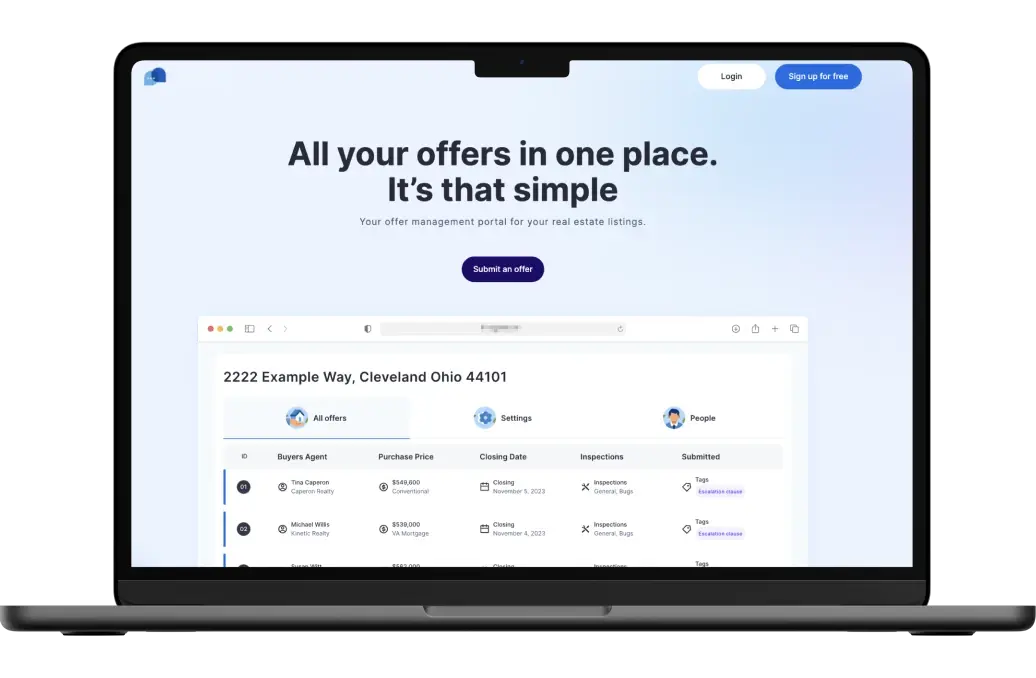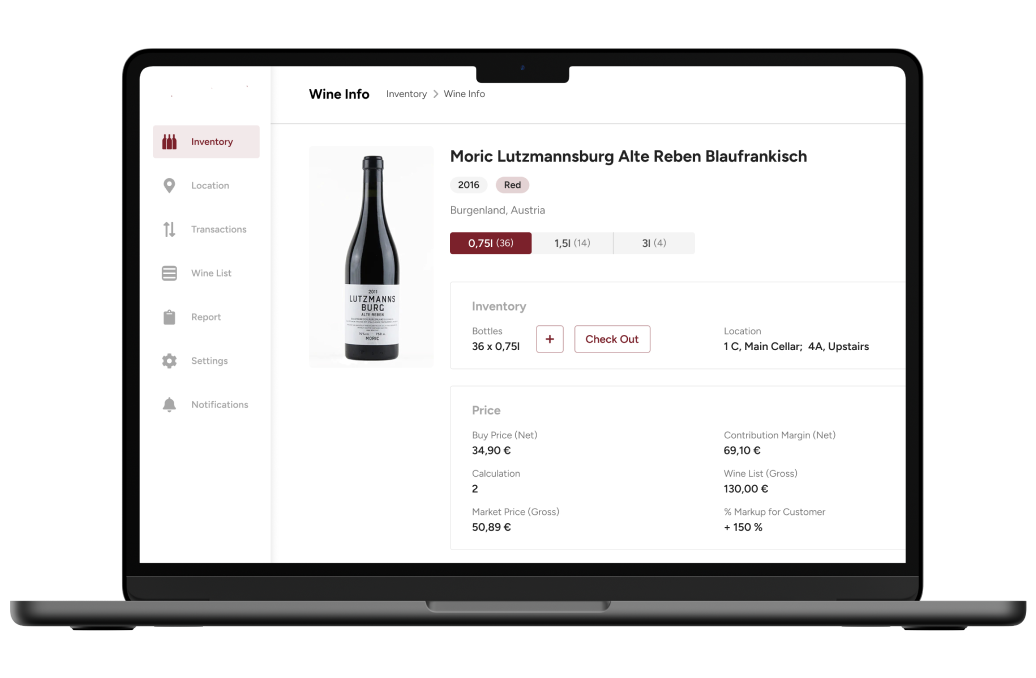Building applications the traditional way means hiring a large team, investing months into development, and watching costs rise with every change. For many businesses, this slows down innovation and makes it harder to test ideas quickly. In competitive markets, that delay can mean losing opportunities to faster-moving rivals.
No-Code/Low-Code Services
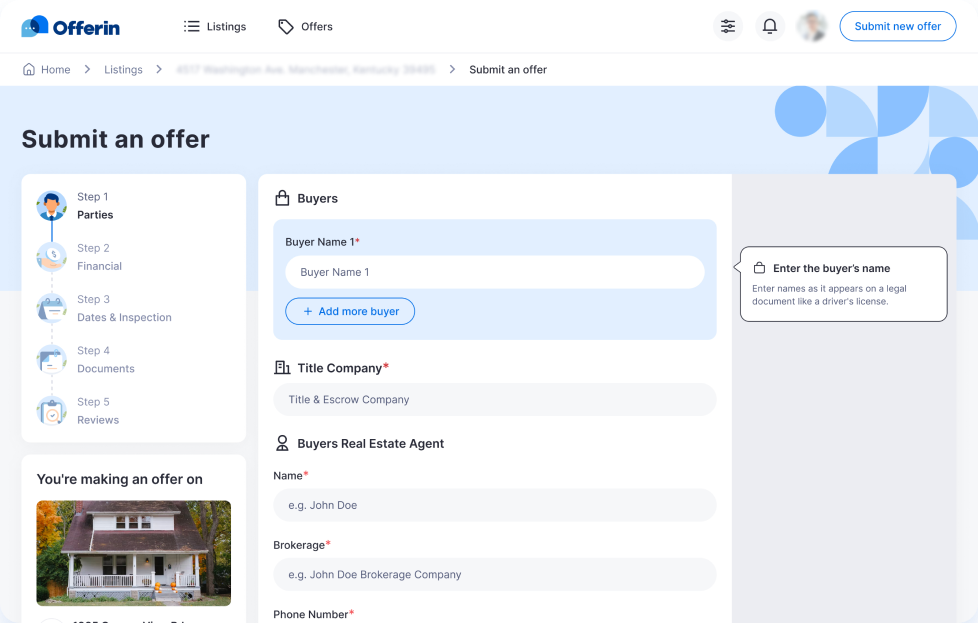
Types of No-Code/Low-Code Services
Every business has different goals, so our no-code development services flex to fit your pace, budget, and growth plans.
Projects We Can Build For You
We break down your idea and build something that delivers real results.
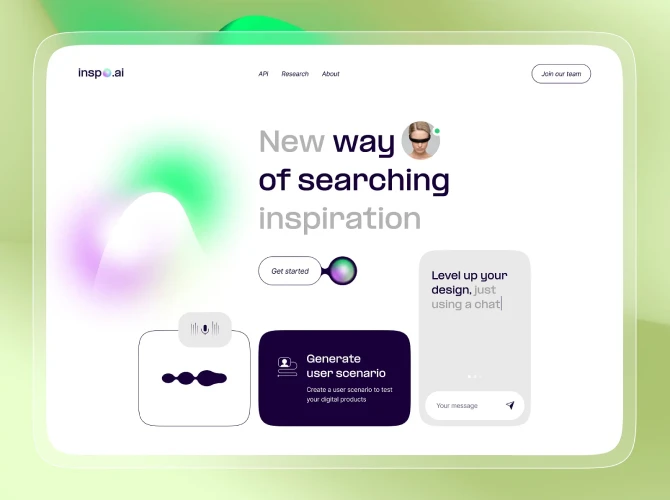
Proof of Concept (PoC)
Every great product starts with an idea, but not every idea is worth a full investment. That’s where a Proof of Concept (PoC) can be handy to demonstrate core functionality, gather early user feedback, and show potential to investors. By testing your idea this way, Keenethics helps you save time, reduce risks, and decide what’s truly ready to scale.
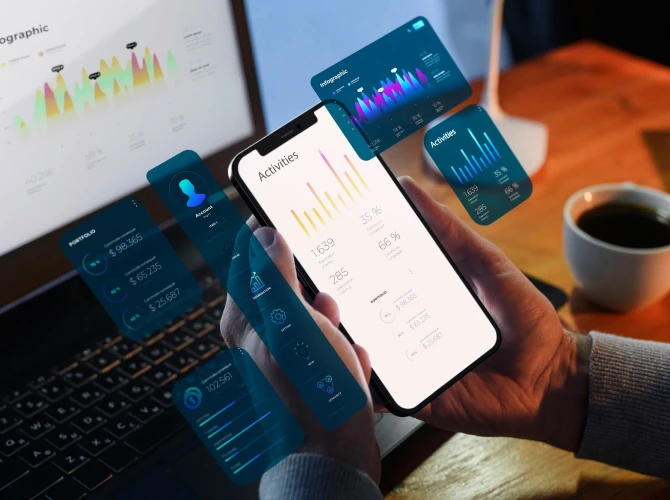
Minimum Viable Product (MVP)
An MVP lets you test an idea in the real world without the cost of full-scale development. Opting for low-code development services, you can build faster, gather feedback from early users, and refine features as you go. At Keenethics, we create MVPs that cut expenses, speed up launches, and give you a solid foundation for future growth.

Marketplace
Marketplaces need a lot to succeed — user profiles, search and filters, secure payments, and reviews. Building all that with traditional coding takes time and resources most businesses can’t spare. With low-code/no-code development services, we deliver custom marketplaces faster, so you can launch quickly and adapt features as your users grow.

Custom CRM & ERP tools
Off-the-shelf CRMs and ERPs rarely fit the way your business actually works. Custom systems solve this, but traditional development makes them expensive and slow to deliver. Through no-code/low-code, we build CRM and ERP tools tailored to your workflows, giving you fast deployment and solutions that truly match your processes.

Landing pages
When you need to test an idea or run a campaign, a landing page should be ready in days, not weeks. No-code/low-code tools make that possible, letting us design pages that load fast, look sharp, and focus entirely on conversions. At Keenethics, we help you validate messaging, capture leads, and turn traffic into real business results.
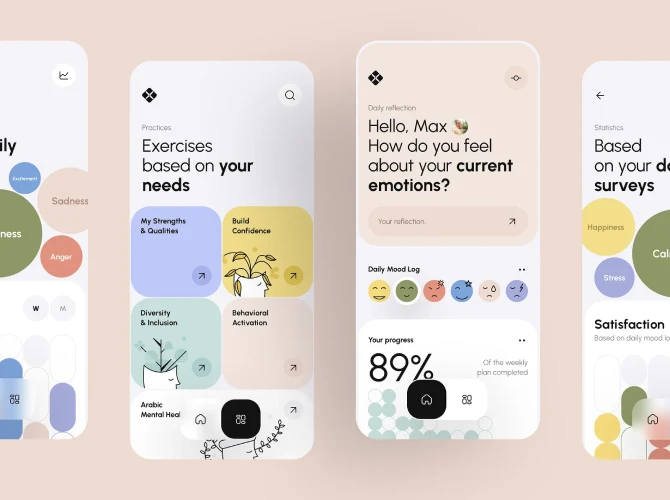
Mobile apps
Your potential customers spend most of their time on mobile, so meeting them there is no longer optional. Using no-code/low-code, we create applications that run smoothly on iOS and Android, giving you a broad reach without doubling development efforts. The result is a native-like experience across all major platforms that keeps users engaged.
The Real Impact We’ve Delivered
We’ve built a wide range of digital solutions, helping businesses reach their goals. Your success story could be next.
Our No-Code/Low-Code Development Process
When developing with no-code/low-code, we follow a comprehensive approach:

Get a Preliminary Quote
Embarking on a new software project? Our intuitive Cost Estimator is your first step towards turning your vision into reality. Receive a personalized cost range that aligns with your project’s objectives and ensures value for your investment.
FAQs
- Initial Discussion – share your vision and expectations with the team
- Requirements Clarification – align priorities, scope, and success criteria
- Proposal – get comprehensive cooperation plan with budgets and timelines

